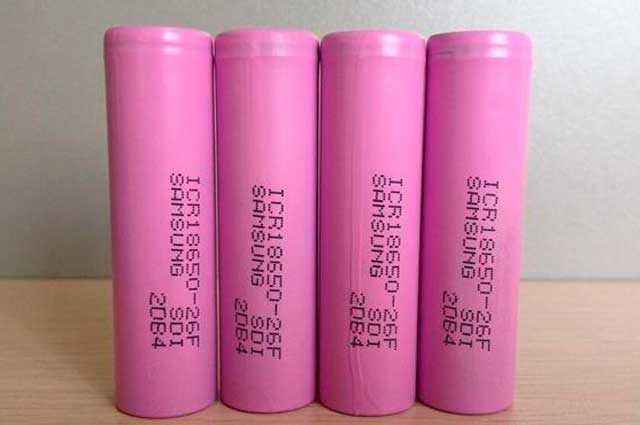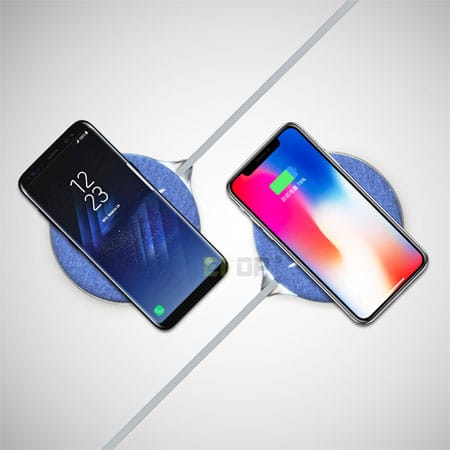The first mobile phone that supports wireless charging – Palm Pre
More and more mobile phones have joined the wireless charging technology. From Samsung’s insistence on the wireless charge, and then Apple’s wireless charge has been added to the product, the two giants have coincided with this technology. The market is spreading. In fact, as early as 2009, Palm Mobile launched a Palm Pre that supports wireless charging technology.
As a pioneer, the Palm Pre’s wireless charging dock is very small, and this 2009 product is much smaller than the current universal wireless charging stand, and beautiful and exquisite. Looking at the current mainstream wireless charging technology, there are three main methods: electromagnetic induction, resonance, and ultrasonic. The wireless charger used by mobile phones is achieved by electromagnetic induction.
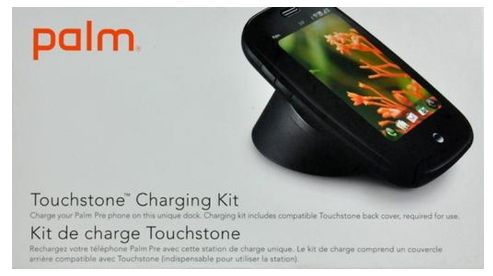
At present, mobile phones on the market use wireless charge protocols certified by Qi standard, so as long as Qi is supported, charging can be realized between different brands of mobile phones and chargers.
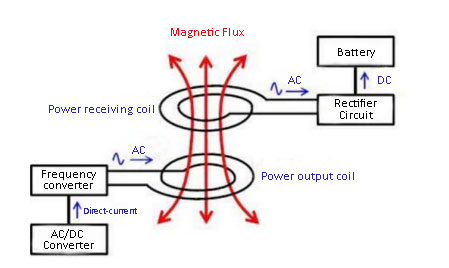
How does electromagnetic induction achieve wireless charging?
We learned the principle of electromagnetic induction in our middle school. The electromagnetic induction discovered by Faraday in 1831. It refers to the conductor placed in the variable magnetic flux, which generates an electromotive force. The electromotive force causes the electron to flow to form an induced current, that is, electromagnetic induction. So how is wireless charge implemented?
Let’s take a look at the picture left and simply make a metaphor. The coil below the figure is the charging base, and the upper power receiving coil is in the mobile phone. The whole charging process is from beginning to end: the charging base converts the civilian alternating current into low-voltage direct current, and converts it into alternating current through the built-in inverter in the charging base.
The alternating current generates a varying magnetic flux through the closed coil in the charging base, and the changed magnetic flux passes. The coil in the phone generates an induced current. The induced current converted into DC power into the battery of the mobile phone through the rectifier circuit. Thereby completing the wireless charge process of the mobile phone.
The disadvantages of wireless charge with electromagnetic induction
Electromagnetic induction is not a panacea, and wireless charge achieved in this way has a fatal flaw – the distance problem. The mobile phone can only place on the wireless charger to achieve energy transfer. The distance is slightly extended. For example, if the mobile phone is put out, there is no way to charge it. Therefore, the convenience brought by wireless charging itself is not obvious.
What we imagined is that just holding a mobile phone can charge anytime, anywhere without a charging cable and a charger. This is the most ideal result. In fact, compared with the traditional charging method, the current wireless charging technology has a “little guy”, together with the “charging head“, “charging line” and “base”, it is better to have only “charging head” And the traditional charging method of “charging cable” is convenient. Of course, the wireless charging technology saves us the trouble of using the line to find the mobile phone interface every time. As long as the charging base installed once, the mobile phone can place directly.
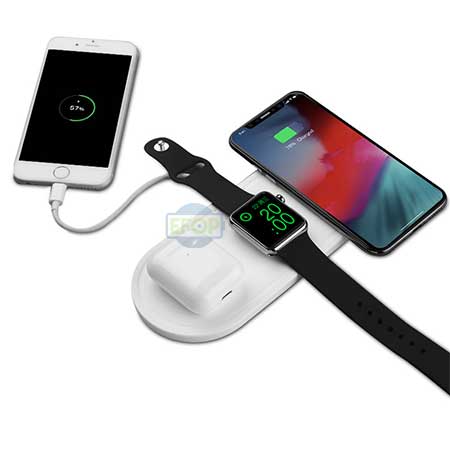
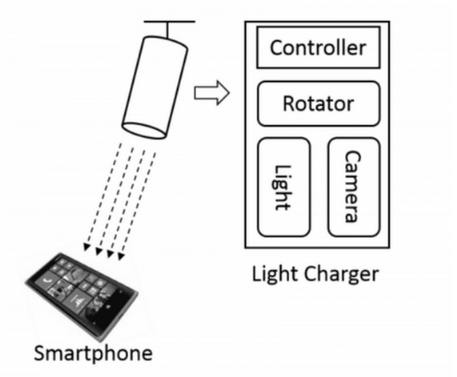
The future development of wireless charging
From the value generated in the future, the current wireless charge is indeed an improvement. The second question discussed above, in fact, can be satisfactorily solved by changing the way. In a purely ideal situation, if the charging base is diverged, the small divergence becomes a table. And it is spliced with several small coils, and the mobile phone can be charged at any corner of the table. Of course, this is only the ideal situation. Not to mention the safety problems caused by the radiation generated by electromagnetic waves. The cost is very high, and this method still does not solve the problem of distance.
In response to the distance problem, Microsoft Research Institute has proposed a wireless charge technology that uses light charging, AutoCharge.
Install a charging device on the ceiling with two modules. One is the monitoring module, which is somewhat similar to the monitoring installed in our classroom. It uses Microsoft’s Kinect camera to scan the charged object; the other is the charging module, which uses the UltraFire CREE XM-L T6 to focus the LED light.
When the camera detects an object with a phone-like shape, it activates the second module to charge the hand. The high cost of this charging device is clearly unacceptable.
In recent years, Samsung has also proposed an idea to concentrate energy on a certain power supply device in the room. The devices in this range can be charged, thus avoiding the distance problem.
Summary
Wireless charging technology is still not mature enough, and the space for development is very broad. If you have to use the charging dock to charge, people will worry about the popularity. Of course, it will lead to many application scenarios that can improve convenience, and it is convenient to upgrade. For example, are some convenience stores willing to upgrade the cost of their mobile phones? If wireless charging becomes just what everyone needs? Perhaps one day in the future, we will never see any data lines, so upgrading the equipment is what the merchant has to adapt.
In China, in the era when there is no popular mobile payment, which merchant is willing to spend money to prepare money for Alipay and WeChat? In order to promote, Alipay’s collection code always free of charge and sent free of charge, to gain popularity. After the mobile payment became just needed, the views that used to think that there was no cash to trade were gradually disappearing. Perhaps wireless charging technology can also be the case, when it really becomes just needed, all problems will be solved. Looking forward to the future of wireless charging is the true meaning of “wireless charging“.
